This post may contain affiliate links. Please read my disclosure for more info.
Do you adore your French press or are you thinking about getting one? Well, I’ve got something thrilling to share – French press espresso! It’s a fantastic reason to fall even more in love with your French press or to finally get one.
Ready to make espresso without a machine? Stick with me, and you’ll master brewing espresso in a French press, plus I’ll share some other cool methods. But first, let’s tackle some basics and answer that burning question you’ve had since clicking on this article.
Can You Make Espresso in a French Press?
Let’s get real for a moment: A French press just doesn’t cut it for true espresso lovers. Why? Because real espresso comes to life under intense pressure, something espresso machines excel at. Even the average machines start at 9 bars of pressure, while the top-notch ones go beyond 15 bars. That’s the secret to that rich, concentrated coffee magic.
No matter how strong you think you are, you’re not hitting 15 bars of pressure with a French press. That’s actually great, because trying that hard would definitely break it!
So What Is French Press Espresso?
Discover the world of espresso – a bold, intense coffee shot that packs a flavorful punch and a high caffeine kick. Its rich crema, a creamy foam layer, boosts the taste and leaves a lasting aftertaste. It’s coffee, but amplified.
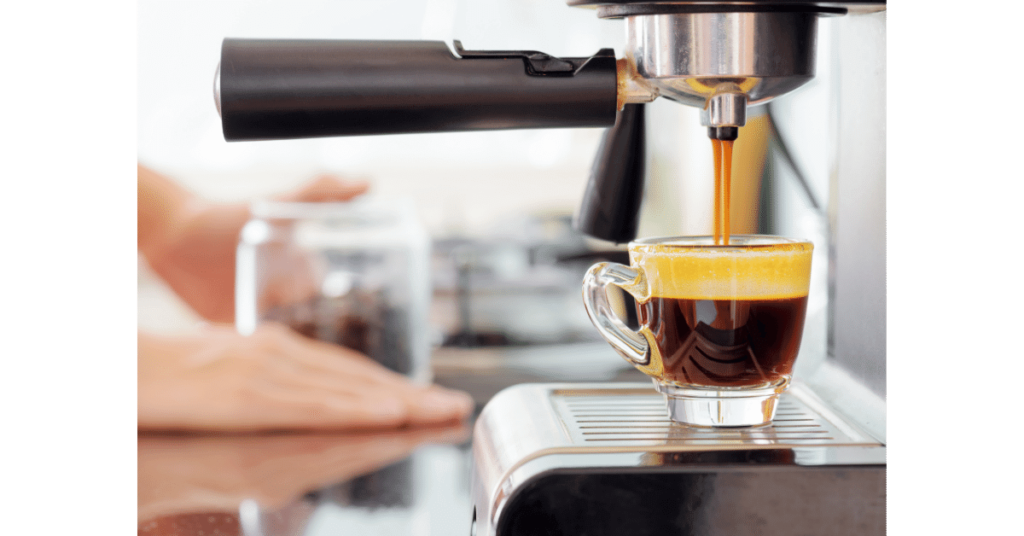
While we can’t exactly replicate espresso in a French press, we can still brew a rich and bold cup that comes pretty close. The secret to espresso’s intensity is pressure, but that’s not the only trick to boost your coffee’s flavor. By focusing on what we can control – like the perfect coffee-to-water ratio, the right water temperature, the best grind size for your beans, and the ideal brewing time – we can elevate our French press coffee to new heights.
What Do I Need to Make for French Press Espresso?
Soon, we’ll dive into easy steps for making espresso with a French press. But first, let’s talk about choosing and prepping your coffee beans. It’s a key step you can’t skip!
What coffee beans to use
You don’t need special coffee beans to whip up a delicious espresso. No need for magic beans here! But, to get that rich flavor we all love, choose beans that pack a punch, not the mild or bland ones. The secret? The best espresso beans have certain traits in common that make your cup truly stand out.
- Dark roasts are preferred — I love light roasts for their sweet, complex flavors, but they just don’t pack the punch we need for French Press espresso. The toastier, richer flavors of a dark roast offer a more intense punch. There’s a time and place for every tool, and this job needs a sledgehammer.
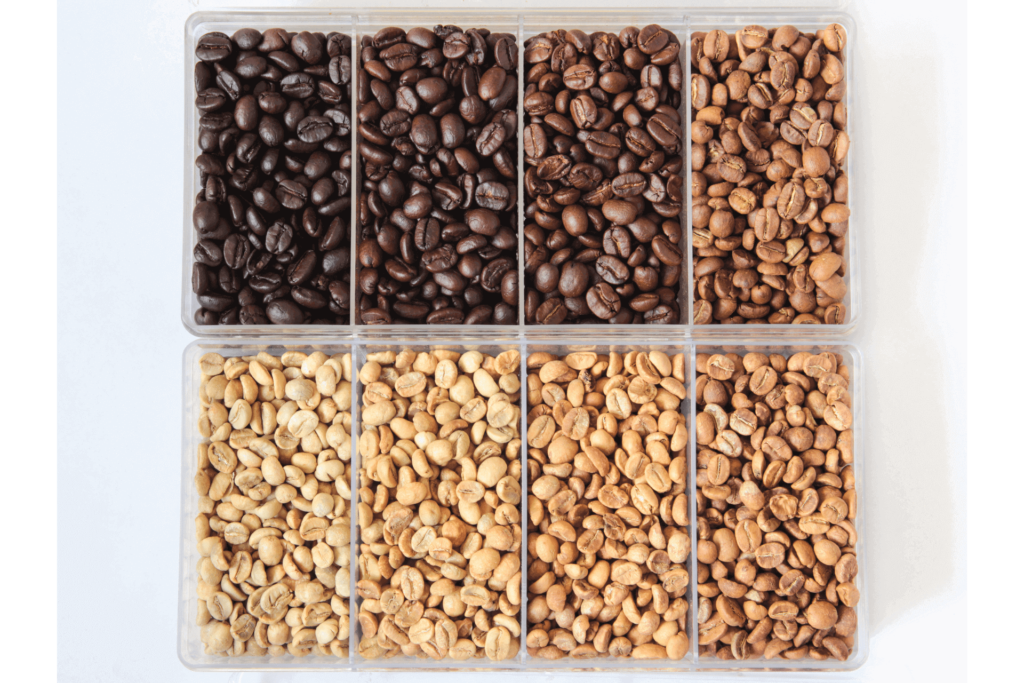
- Don’t fear the Robusta — The two main types of coffee beans, Arabica and Robusta, serve very different purposes. Arabica is the favored child for typical coffee drinks because of its complexity, bright acidity, and sweetness. Because of its cheaper price, Robusta is often used in low-quality blends or instant coffee. However, its bitterness and smooth body also make it ideal for espresso blends. 100% Robusta is probably too much for the average drinker, but a blend with 30–60% Robusta will increase the overall flavor of our French press espresso and provide a richer crema.
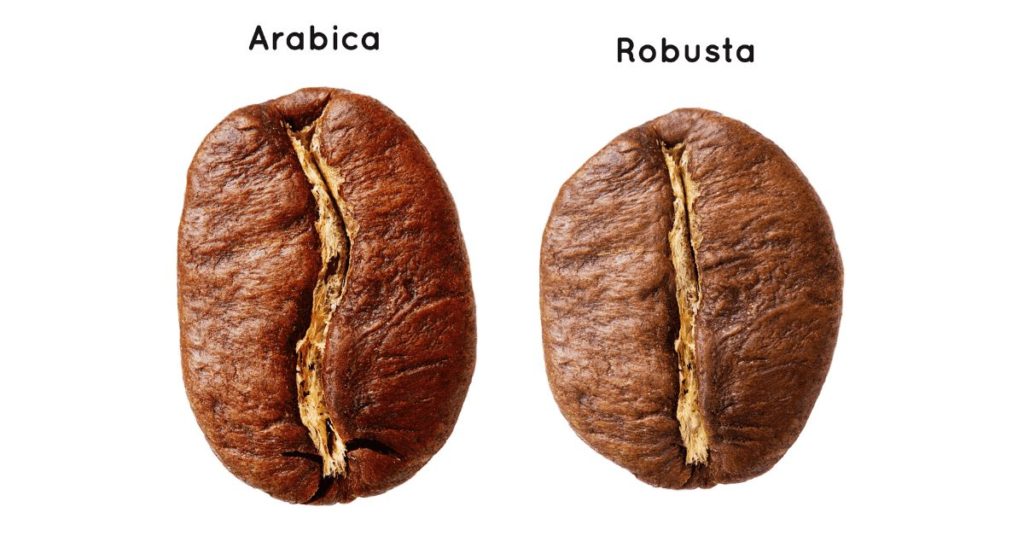
- Freshness matters above all — You can break either of the previous rules and still make great French press espresso. If your coffee beans aren’t fresh, though, you’ll be left with brown liquid that has lost all flavors except bitterness. Coffee beans go stale very quickly after they are roasted, and this process is even faster for ground coffee. If you buy your coffee from a grocery store, it’s almost certainly not fresh. Many online brands ship their beans within a day after roasting, compared to grocers that often store their beans for days or even weeks. For the freshest beans, Buy your coffee from a reputable online source or local roaster and learn how to grind coffee beans instead of buying pre-ground coffee.
What grind size to use

Upgrading your French press coffee game? Normally, you’d use a coarse grind for that rich, bold taste. But here’s a twist: craving espresso but only have a French press? No problem! To unlock that intense espresso flavor, switch to a fine grind, similar to what you’d use in an espresso machine. It’s all about extracting every drop of flavor from those beans. Happy brewing!
When trying out this recipe for the first time, set your coffee grinder to fine or espresso. You want your coffee beans to end up as fine as table salt or sugar. If you’re using pre-ground coffee, pick an espresso grind since most are usually medium or drip grind. Although, I suggest getting whole beans to ensure your coffee is as fresh as can be!
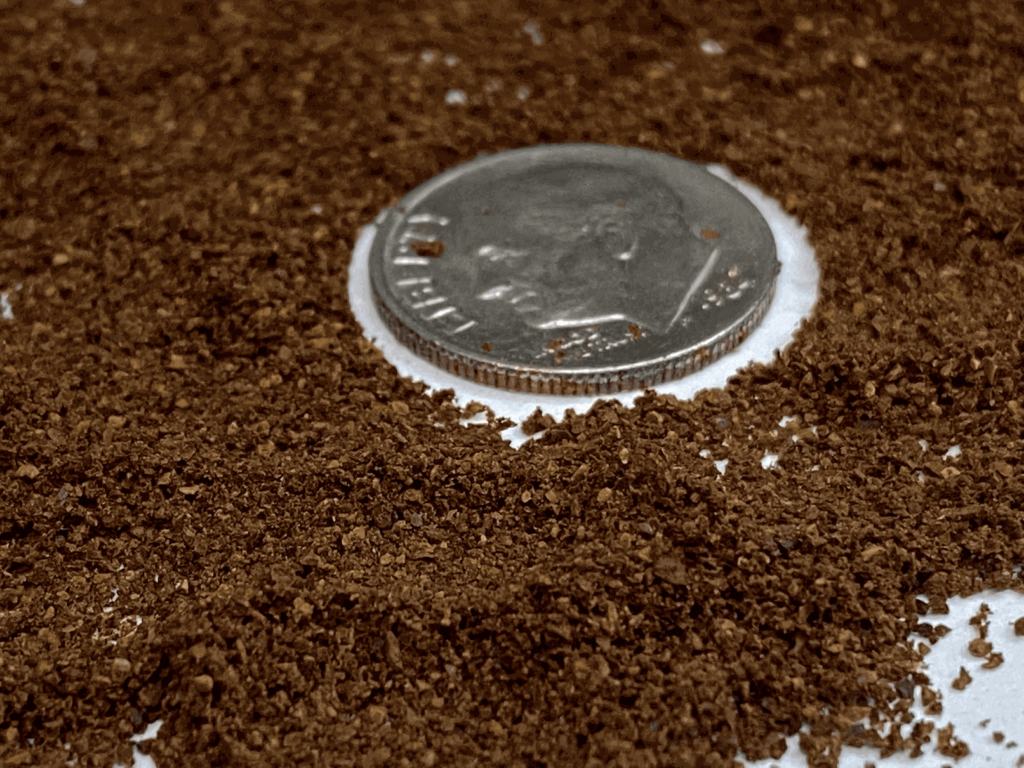
To make your coffee taste just right, play around with the grind size. If it’s too bitter, go for a coarser grind. Too sour? Then you need it finer. But, if tweaking the grind doesn’t do the trick and you’re using medium or super fine settings, consider changing how much coffee you use or the water’s heat instead.
How to Make Espresso With a French Press
Excited? Let’s dive into the French press espresso recipe you’re here for. Get ready to brew some amazing faux espresso!
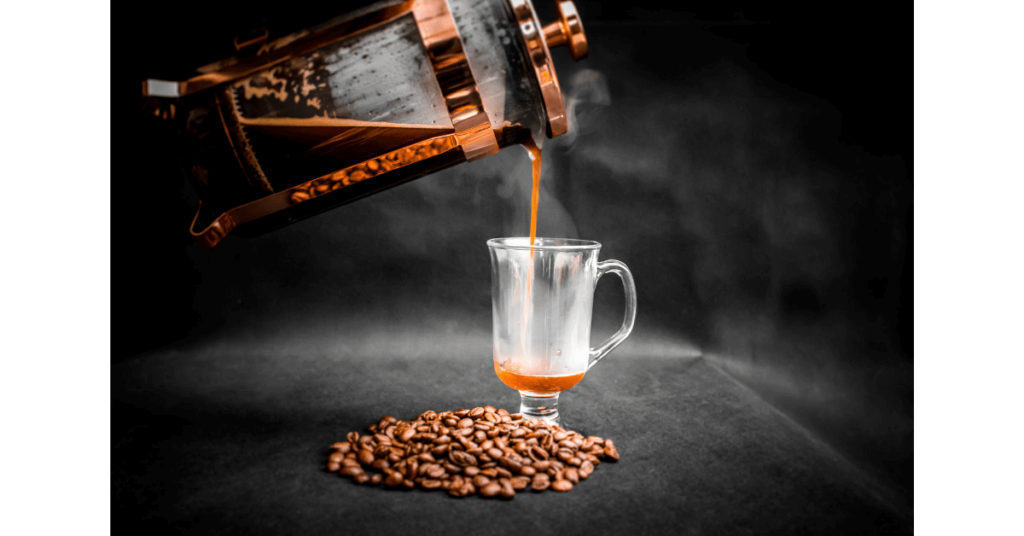
What you’ll need
- 23.7 grams of coffee beans (or 4 and 2/3 tablespoons of ground coffee)
- 1 cup filtered water
- A French press (If you don’t have one, I recommend the Freiling USA double-walled French press)
- A coffee grinder (if not using pre-ground coffee)
- An electric kettle (or some other way to heat water)
Step-by-step instructions
- Grind the coffee on a fine grind setting (or espresso grind). Skip this step if you are using pre-ground coffee.
- Heat the water to near-boiling in the kettle. If your kettle has temperature control, set it to 195 degrees Fahrenheit. If not, heat to a boil and set it aside for about 30 seconds.
- Add the grounds to your French press.
- Pour a splash of water from the kettle into the grounds. Use just enough to fully wet the grounds. This will cause the grounds to bloom — a bubbling process that releases excess carbon dioxide from the beans.
- Pour the rest of the water into the French press. Don’t stir the grounds, as that will cause them to fall out of suspension before they’ve been fully extracted.
- Close the French press lid but don’t plunge yet. Instead, let the coffee steep for four minutes. You can adjust this brew time depending on your preferred coffee strength, with longer times resulting in more extraction and a stronger brew. Don’t go past about six minutes though, as you’ll get over-extracted, bitter coffee.
- Slowly and steadily press down the plunger of your French press. When the plunger is halfway down, raise it all the way to the top before plunging it the rest of the way.
- Immediately pour the coffee into a mug or a separate serving container. If you leave it in the French press it will impact the flavor of the coffee.
- Enjoy! You’ve earned it.
Other Alternative Ways to Make Espresso
AeroPress espresso
At first look, the AeroPress and French press seem alike. Both soak coffee grounds in water and use hand plungers. However, that’s pretty much where their similarities stop.
The AeroPress brews coffee super fast, mixing water and coffee grounds for just 1–2 minutes. It mainly works with medium-fine or fine coffee grounds, perfect for those craving an espresso-like drink.
The AeroPress’s plunger does more than just press; it uses pressure to separate the water from the coffee grounds, filtering it through paper into another container. It’s not as powerful as an espresso machine, but it gets pretty close, especially when you try an AeroPress espresso recipe that flips the AeroPress upside down. This unique twist makes your coffee even more delicious and espresso-like.
Moka pot stovetop espresso
The Moka pot, a handy kitchen gadget, combines the best of a stovetop percolator and an espresso maker. It uses steam pressure, not manual force, to brew. Steam builds up, pushing through a filter packed with fine coffee grounds to create a rich brew.
Moka Pots are amazing at making mock espresso, way better than what you’d get from a French press. When it comes to the top spot for the best espresso-like drink, it’s a close match between AeroPress and Moka pot, leaving the French press far behind in third place. However, if you already own a French press, it’s got its own perks.
Ninja specialty coffee maker
Espresso packs a punch with its strong, concentrated flavor. To mimic this at home, look for brewing methods that create a rich coffee concentrate. Many drip coffee machines now offer a “strong coffee” option, with Ninja leading the way in this innovation.
Discover the magic of the latest Ninja coffee makers! With 5 brewing options, they’re a game-changer. Ever dreamt of making your own lattes or cappuccinos at home? The specialty coffee setting is your new best friend, crafting extra-rich coffee perfect as a base for these drinks. While it’s not quite espresso from an AeroPress or Moka pot, it’s still amazing for whipping up various espresso-based beverages. Dive into the world of homemade barista-quality coffee!
Putting the Press Back in Espresso
French press fans, listen up! If you love coffee that’s rich and full of flavor, the French press is your best friend. It’s known for squeezing every drop of taste out of the coffee beans, more than any other brewing method. And if you’re all about that French press life, why not take it up a notch? Learning to make espresso with it is the perfect way to level up your coffee game.
If you’re new to the French press world, here’s something that might just win you over. Though, to be honest, if a French press isn’t already in your kitchen, consider trying a Moka pot or an AeroPress. Both are fantastic for creating espresso-like brews and guess what? You can snag either coffee maker for under $100. Perfect for beginners!
Jump right in and savor the experience with your go-to espresso beans. Haven’t picked a favorite? Starting with something from Illy or Lavazza is a fantastic choice for beginners. Or, if you’re chasing that espresso buzz to kickstart your day, check out some of the highest caffeine coffees for an energizing alternative.







